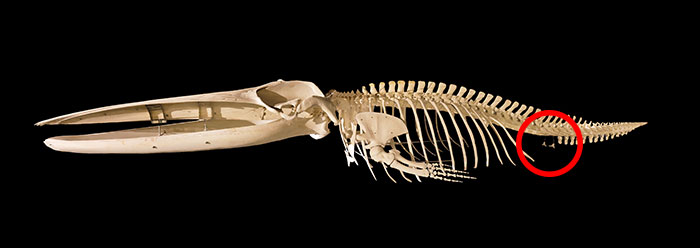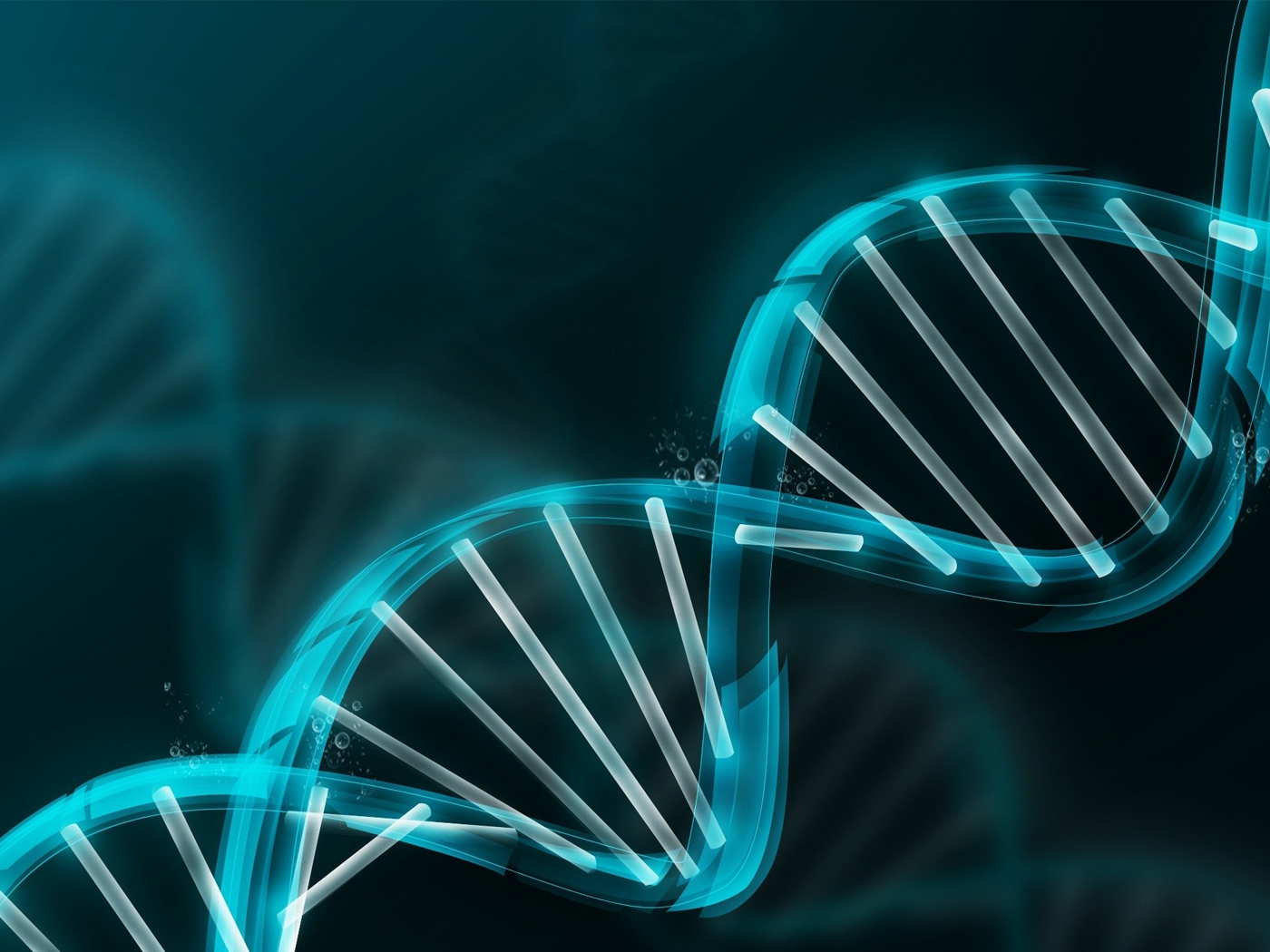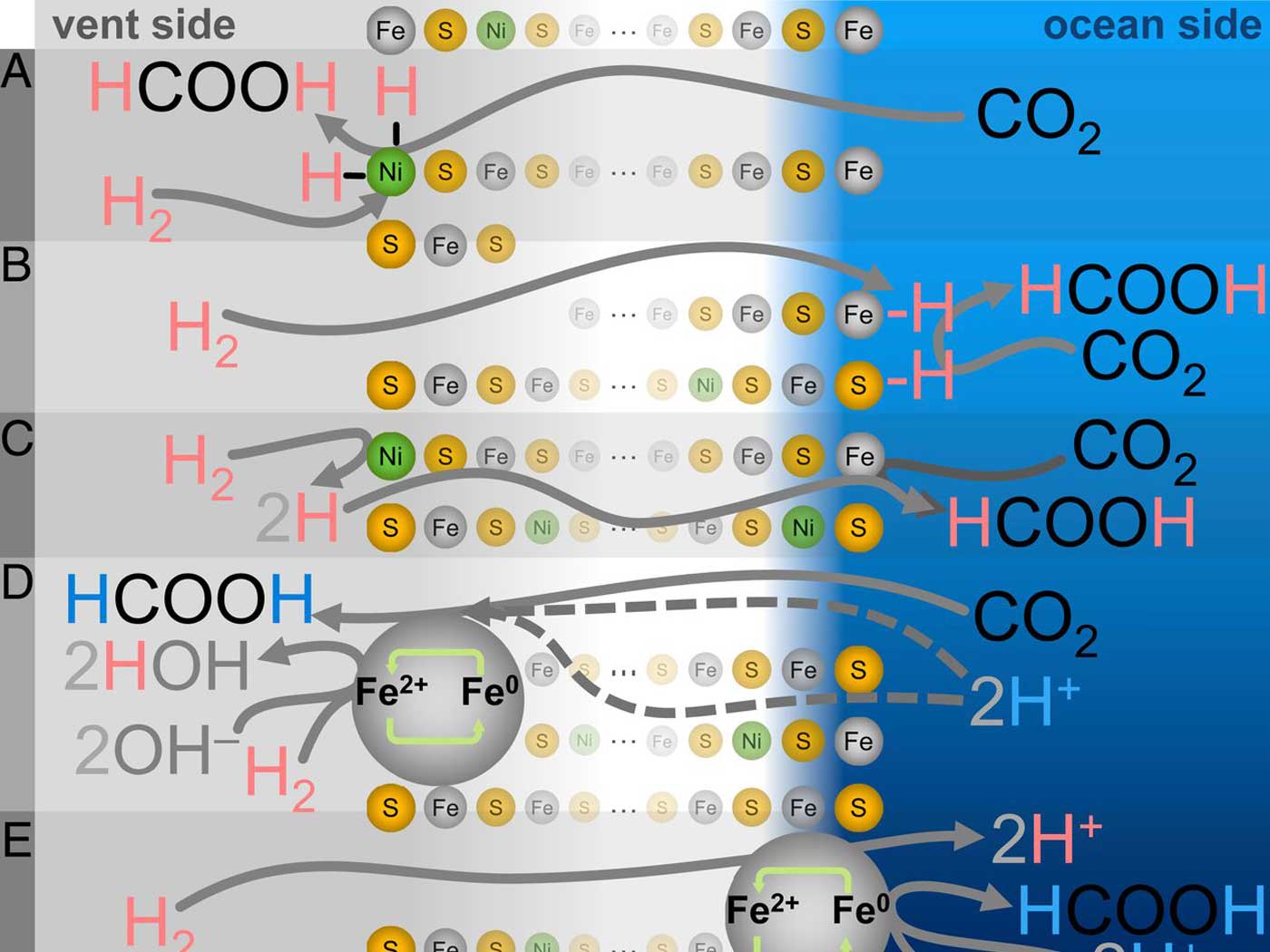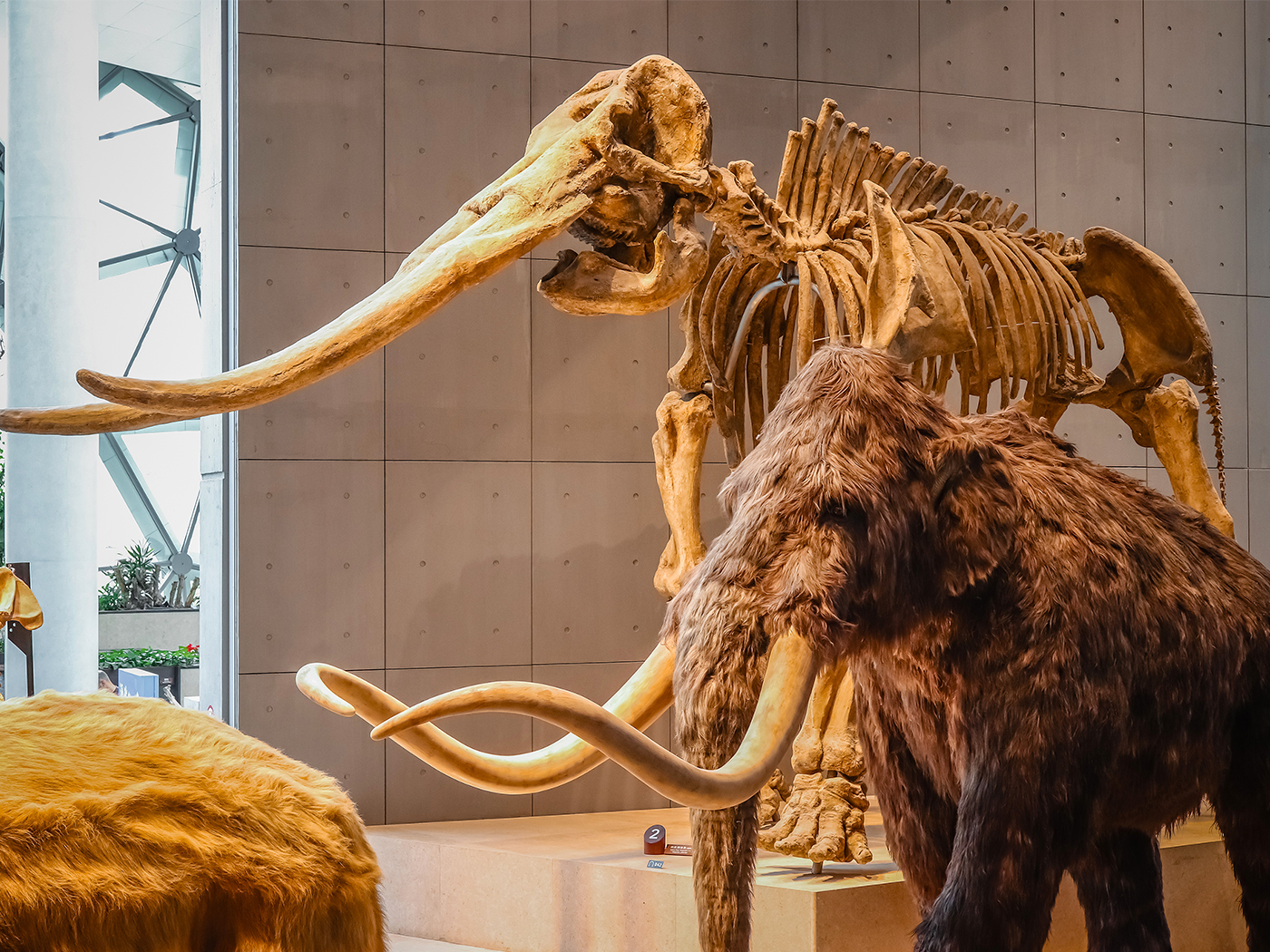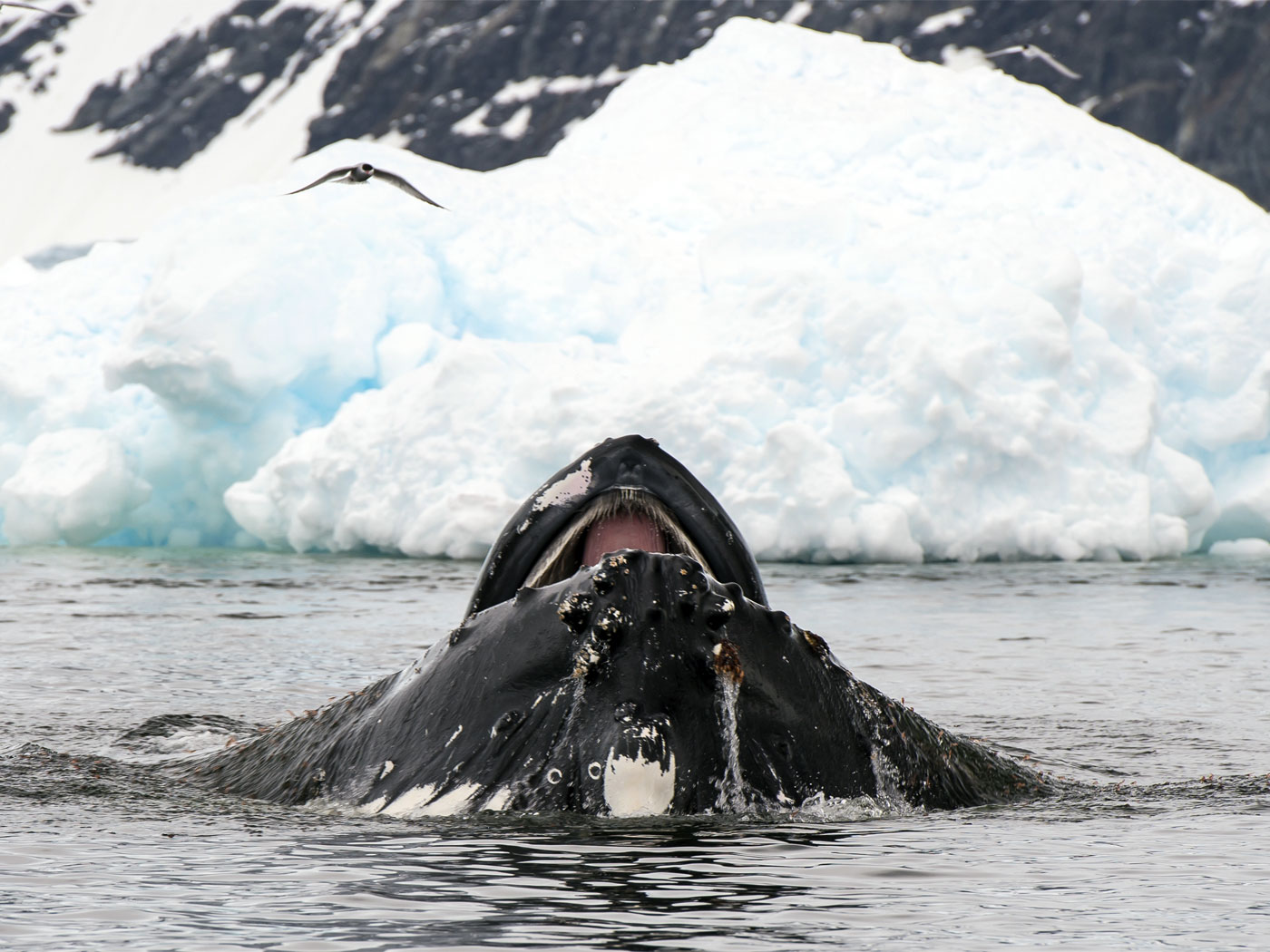The big-picture story of evolution tells that, over millions of years, natural processes produced millions of species from one or a few primitive progenitors. Did this really happen, or did God create separate, distinct "kinds" of creatures about 6,000 years ago like Genesis 1 clearly describes? If evolution's worm-to-pachyderm tale were real, then it should show some kind of iconic evidence. But study results from 2014 totally toppled four of evolution's major icons.
One of evolution's iconic stories tells of a land-walking mammal that gradually morphed into today's seagoing whales. Supposedly, nostrils were somehow repositioned, streamlined bodies took shape, and basically every aspect of whale anatomy was crafted by evolution, except one: Tiny bones near the whale's spine are supposed to represent the raggedy remains of its ancient ancestor's back legs.
Evolutionists published the results of their investigation in the journal Evolution, concluding that the bones are fully functional and necessary to whale reproduction.1 Like all the other integrated whale body features, whale "pelvic" bones show no hint of any evolutionary past.2,3 This tremendously popular icon of whale evolution took a complete nosedive.
Whales weren't the only sea creatures to defy evolution last year. Microscopic extensions in the solar-powered sea-slug gut select and import chloroplasts from partly chewed-up algae cells. The slug then transports those chloroplasts along tiny tubes and places them near its skin so the animal can benefit from photosynthesis. How did the slug obtain the genes required to operate its stolen chloroplasts?
Evolutionists have long explained genetic sequences in the "wrong" creatures—like a bird that uses a mammal gene instead of the expected bird gene—by asserting that ancient ancestors acquired and spliced just those genes when living closely to the unrelated kind.4 Further, evolutionists used solar-powered sea slugs as the iconic example of an animal that had captured plant genes long ago, assuming that the chloroplast-processing genes they found in the slugs were inherited directly from its slug parents.
Last year, researchers finally sequenced DNA from baby slugs that had not yet interacted with algae, and found no plant genes in them.5 Thus, 2014 saw the death of what had been a major utensil in evolution's toolbox. Since these out-of-place genes could not have been inherited from evolutionary ancestors, the best explanation is that God tailored them to fit and function exactly as they do in each organism.
Mutations are supposed to be evolution's engine since they generate variations from which nature then selects. Several different reports devastated this evolutionary icon. One report revealed the near-impossibility of mutations adding information to DNA, given the discovery that DNA encodes two layers of coding in the same space. Changing one letter affects both codes. Another study revealed that cells would begin removing useless gene sequences long before they had a chance to accumulate enough mutations to evolve into a new and useful gene. A third report concluded that the vast majority of mutations produce too tiny a difference for any natural process to see or select, causing slightly harmful mutations to accumulate far faster than any helpful ones could. All these reports were summarized in a review document released in 2014.6 Any one of these results warns of disaster for evolution's supposed mutation engine, but together they completely shut it down.
Evolution's advocates will have to search for some new icons after taking a beating in 2014. They can no longer justify the claim that whale evolution, gene transfer between unrelated animals, or code-building mutations are scientifically valid.
References
- Dines, J. P. et al. Sexual selection targets cetacean pelvic bones. Evolution. 68 (11): 3296-3306.
- Thomas, B. Vital Function Found for Whale 'Leg' Bones. Creation Science Update. Posted on icr.org October 6, 2014, accessed January 13, 2015.
- Thomas, B. 2012. Ways That Whales Display Their Creator. Acts & Facts. 41 (8): 18-19.
- Current estimates show that all creatures have some of these, called "orphan genes." See Tomkins, J. Newly Discovered 'Orphan Genes' Defy Evolution. Creation Science Update. Posted on icr.org August 26, 2013, accessed January 13, 2015.
- Bhattacharya, D. et al. 2013. Genome analysis of Elysia chlorotica egg DNA provides no evidence for horizontal gene transfer into the germ line of this Kleptoplastic Mollusc. Molecular Biology and Evolution. 30 (8): 1843-1852.
- Sanford, J.C. 2014. Biological Information: New Perspectives. A Synopsis and Limited Commentary. Waterloo, NY: FMS Publications.
*Mr. Thomas is Science Writer at the Institute for Creation Research.
Article posted on January 22, 2015.




